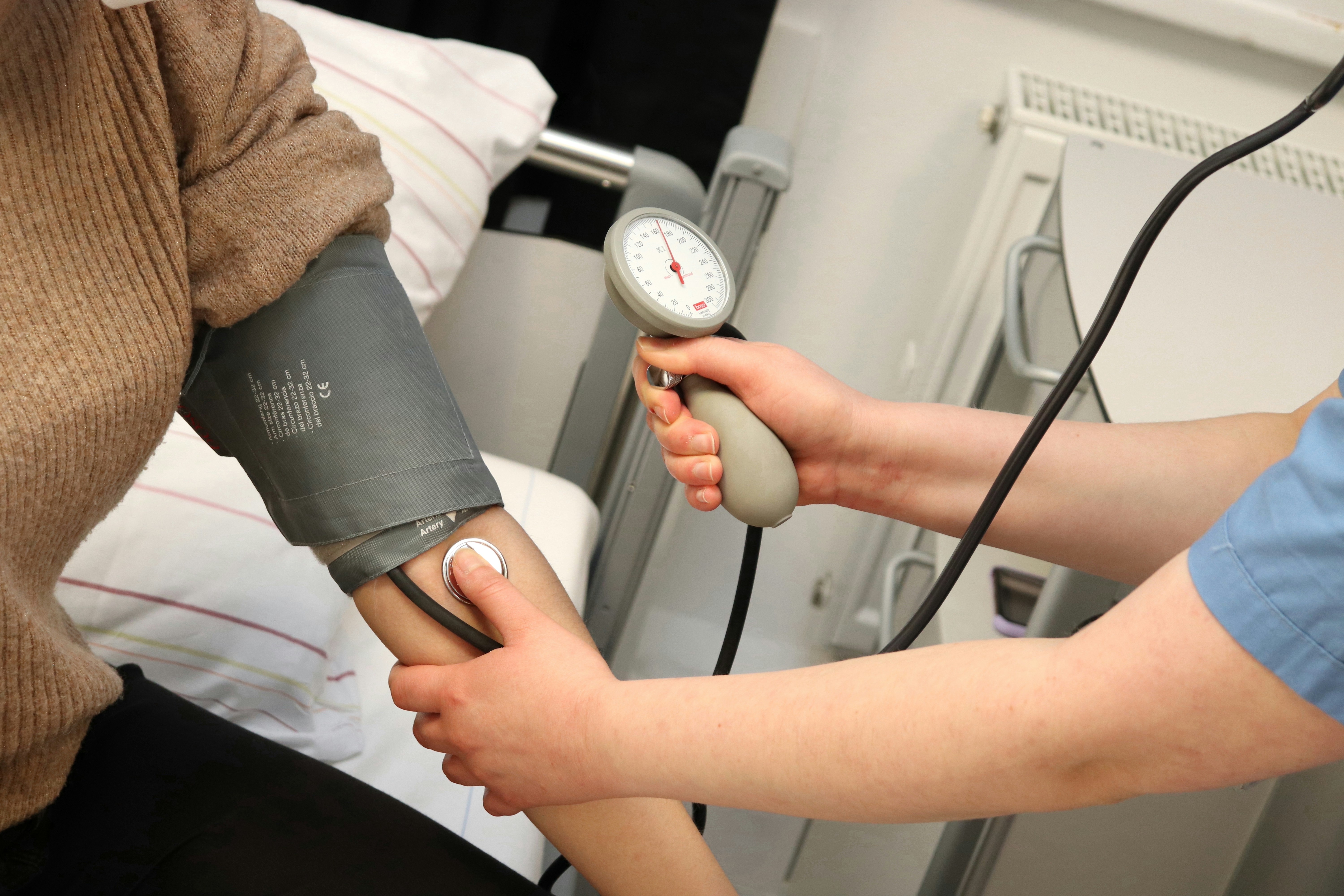Urinary Catheter: Uses, Types, and Care for Bladder Health
A urinary catheter is a thin tube inserted into the bladder to drain urine when someone cannot do so naturally. It can be temporary or long-term and is used across many healthcare settings, from hospitals to home care. Understanding why a catheter is needed, how it’s maintained, and the risks involved helps patients and caregivers make safer choices about bladder management and incontinence care.

This article is for informational purposes only and should not be considered medical advice. Please consult a qualified healthcare professional for personalized guidance and treatment.
What is a urinary catheter?
A urinary catheter is a medical device designed to provide direct drainage from the bladder. Common types include indwelling (Foley) catheters, intermittent (in-and-out) catheters, and suprapubic catheters placed through the abdominal wall. Materials vary—silicone and latex are common—and sizes are selected based on age, anatomy, and clinical need. Catheters are used to relieve urinary retention, monitor urine output in acutely ill patients, or manage chronic bladder emptying problems. Proper insertion technique and sterile handling are essential to reduce infection and irritation risks.
How does it help with incontinence?
Catheters can manage certain kinds of incontinence by controlling urine flow when other treatments aren’t suitable. For some people with severe mobility limitations or neurologic conditions, intermittent catheterization can prevent leakage and protect skin integrity. Indwelling catheters are sometimes used for continuous drainage but are typically avoided as a first-line approach due to higher risk of infection and other complications. Alternative incontinence strategies—behavioral therapies, pelvic floor exercises, devices, and medications—are often considered before long-term catheterization.
Is a urinary catheter a medical device?
Yes, a urinary catheter is classified as a medical device and is regulated to ensure safety and performance. Manufacturers must meet standards for biocompatibility, sterility, and labeling. Healthcare providers follow device-specific instructions for use, including recommended dwell times and cleaning protocols where applicable. Reusable catheters or accessories should be handled per manufacturer guidance and clinical policy—single-use devices should not be reprocessed at home. Proper device selection and clinician training both play roles in minimizing complications.
How do healthcare teams manage catheter use in healthcare settings?
Healthcare teams assess the need for catheterization carefully and document indications for insertion and ongoing use. Protocols generally emphasize minimizing duration—removing catheters as soon as clinically possible—to lower infection risk. In hospitals and long-term care, nursing staff perform insertions and maintenance under sterile or clean technique depending on setting, monitor urine output, and watch for signs of infection or blockage. When care continues at home, clinicians provide training on catheter care, supply ordering, and where to get local services for supplies or assistance in your area.
What should you know about bladder care and risks?
Bladder care with a catheter includes keeping the drainage system closed, preventing kinks, maintaining proper bag placement below bladder level, and regular emptying. The primary risks include urinary tract infections, catheter blockage, urethral irritation, and, with long-term use, potential bladder or kidney complications. Report fever, cloudy or foul-smelling urine, sudden pain, or leakage to a healthcare provider promptly. Discuss alternatives and a plan for regular review of whether catheterization remains necessary.
Conclusion
A urinary catheter can be an essential tool for managing bladder emptying and certain forms of incontinence, but it carries risks that make appropriate assessment, technique, and ongoing review crucial. Understanding catheter types, how they function as medical devices, and the role of healthcare teams helps patients and caregivers weigh options and maintain safer bladder care. Always consult your healthcare provider about individual needs, alternatives, and a care plan tailored to your situation.






